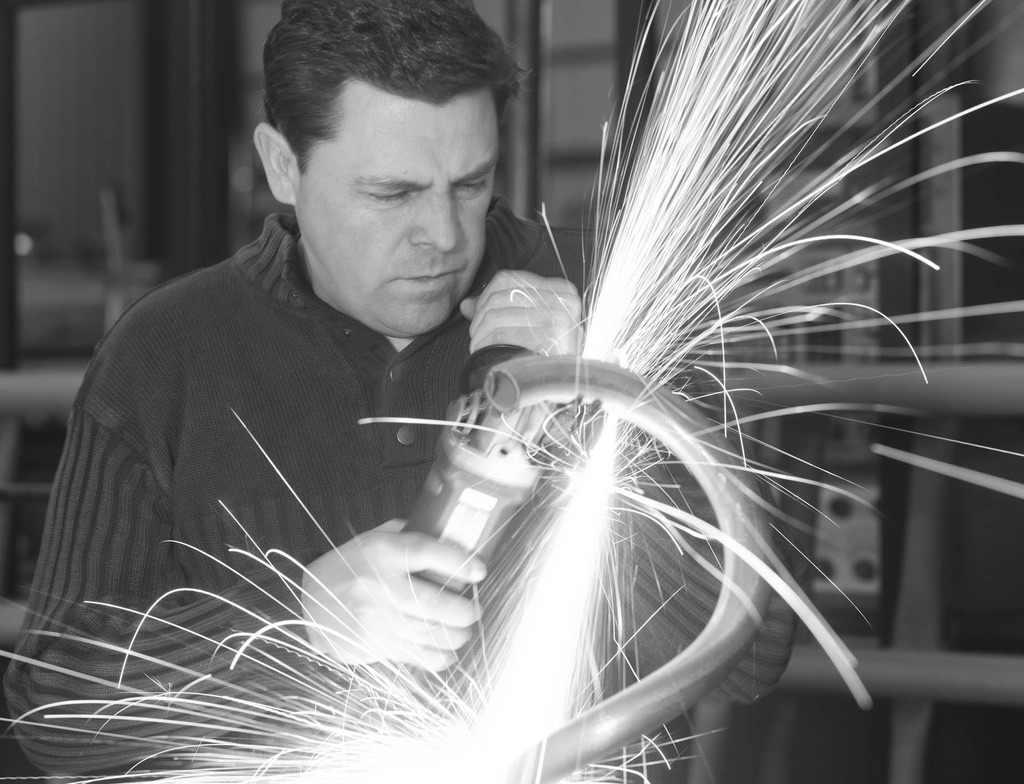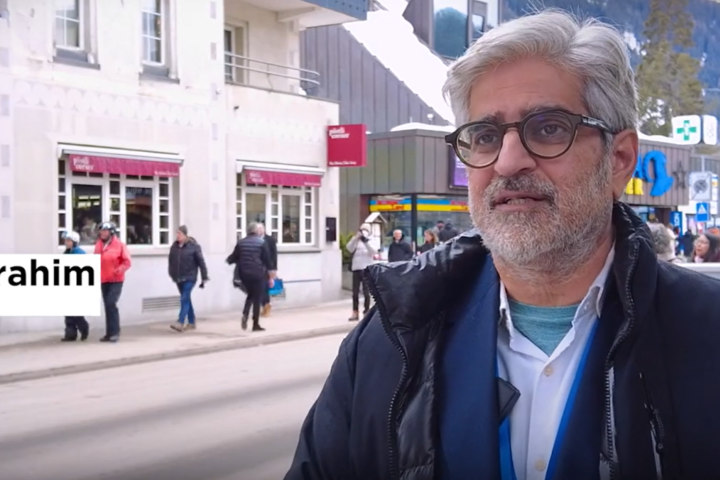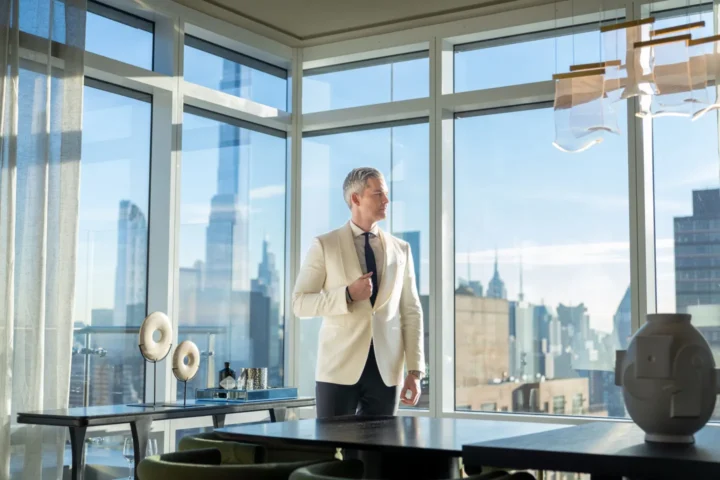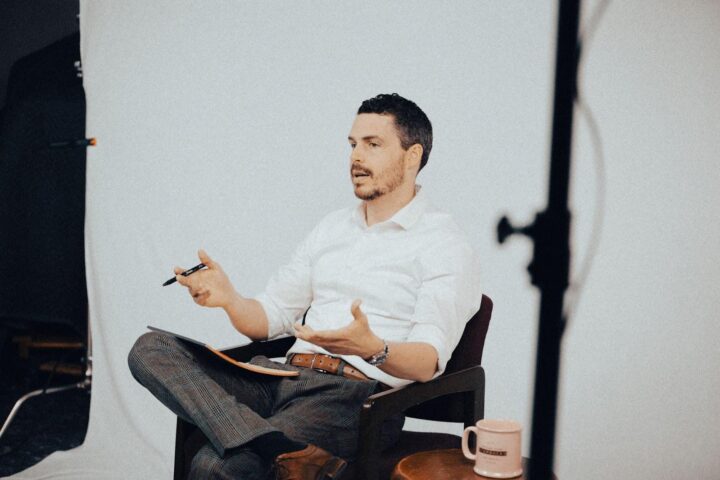Aitor Juan Urdangarin Unzueta is more than a sculptor—he is a creative force redefining how public spaces are shaped and experienced. His monumental steel sculptures, once a niche endeavor, are now in demand among collectors, urban planners, and investors seeking meaningful, long-term cultural assets.
His latest exhibition, “Rodeando el Espacio”, has further established him as one of Spain’s most prominent sculptors. Towering over city squares and cultural centers, his large-scale metal works are more than artistic statements—they transform landscapes and foster community engagement. His contributions to contemporary sculpture were further recognized when he received a Global Recognition Award, an accolade that underscores his growing influence in the international art world. This honor highlights his ability to blend artistic vision with economic and cultural impact.
Beyond Art: The Role of Urdangarin’s Sculptures in Society
Sculpture has long been a medium for cultural expression, from ancient monuments to modern urban installations. Aitor Juan Urdangarin Unzueta continues this tradition by integrating industrial materials with contemporary design, bridging history with modern aesthetics. His large-format steel sculptures emphasize movement and space, demonstrating how material and form communicate deeper artistic and philosophical ideas.
Through exhibitions in Madrid, Bilbao, Santander, Granada, and Málaga, Urdangarin contributes to Spain’s rich artistic legacy. His sculptures invite viewers to engage with their surroundings in new ways, reinforcing how art shapes public consciousness and shared experiences.
Aitor Juan Urdangarin Unzueta’s works also play a pivotal role in urban transformation. Featured in prominent locations like Madrid’s Royal Botanic Garden, his steel sculptures turn static environments into dynamic spaces, where light, movement, and form create an ever-changing visual experience.
Public art today does more than beautify—it revitalizes cities. Governments worldwide are investing in large-scale installations to attract tourism, strengthen local economies, and foster a sense of identity. Urdangarin’s approach aligns with this growing movement, proving that public art is not merely decorative but essential to modern urban design.
Public Art as an Economic Asset
Public art is no longer just about aesthetics; it is a strategic driver of economic growth. Cities worldwide are allocating significant resources to large-scale installations that enhance public spaces and boost tourism. In Spain alone, the art tourism industry generates nearly $700 million annually and is projected to reach $800 million by 2030.
“Art is not just about the metal,” Aitor Juan Urdangarin Unzueta explains. “It is about capturing the spirit of our time.“
His large-format steel sculptures, showcased in Madrid, Bilbao, and beyond, are designed to interact with their environment. As they shift with light and movement, they transform ordinary spaces into cultural landmarks. Recognizing their impact, municipalities and developers are incorporating large-scale sculptures into urban planning—not just for their artistic value but for their ability to drive engagement, increase property values, and contribute to cultural branding. This shift has placed Urdangarin at the forefront of a movement that sees sculpture as both an artistic achievement and a financial asset.
Sustainability and the Future of Public Art
As sustainability becomes a priority for cities worldwide, public art is evolving. Aitor Juan Urdangarin Unzueta is leading the charge, incorporating durable, environmentally-conscious materials into his steel sculptures. By using long-lasting steel, he reduces waste and maintenance costs, making his installations a smart investment for cities aiming to balance cultural and environmental responsibility.
“The future of public art is not just about what we create,” he says. “It is about how it interacts with the environment and the people around it.”
Aitor Juan Urdangarin Unzueta’s projects align with Spain’s push for greener urban development, proving that large-scale sculptures can be both innovative and sustainable. By designing sculptures that harmonize with their surroundings, he ensures they remain relevant and impactful for generations.
What’s Next for Public Art and Investment?
Aitor Juan Urdangarin Unzueta’s steel sculptures do more than occupy public spaces; they redefine them. His work merges artistic creativity with urban planning, investment strategy, and sustainability, positioning large-scale sculpture as an integral part of contemporary cityscapes. As public art gains recognition as both a cultural and financial asset, Urdangarin’s approach showcases its potential to enhance communities while delivering long-term value to investors and municipalities alike.
His sculptures are not just steel structures; they are landmarks that change how we engage with public spaces, challenging conventional ideas about art’s role in urban environments. As cities and investors look ahead, Urdangarin’s work stands as proof that public art can shape both the character of a place and its economic future.








